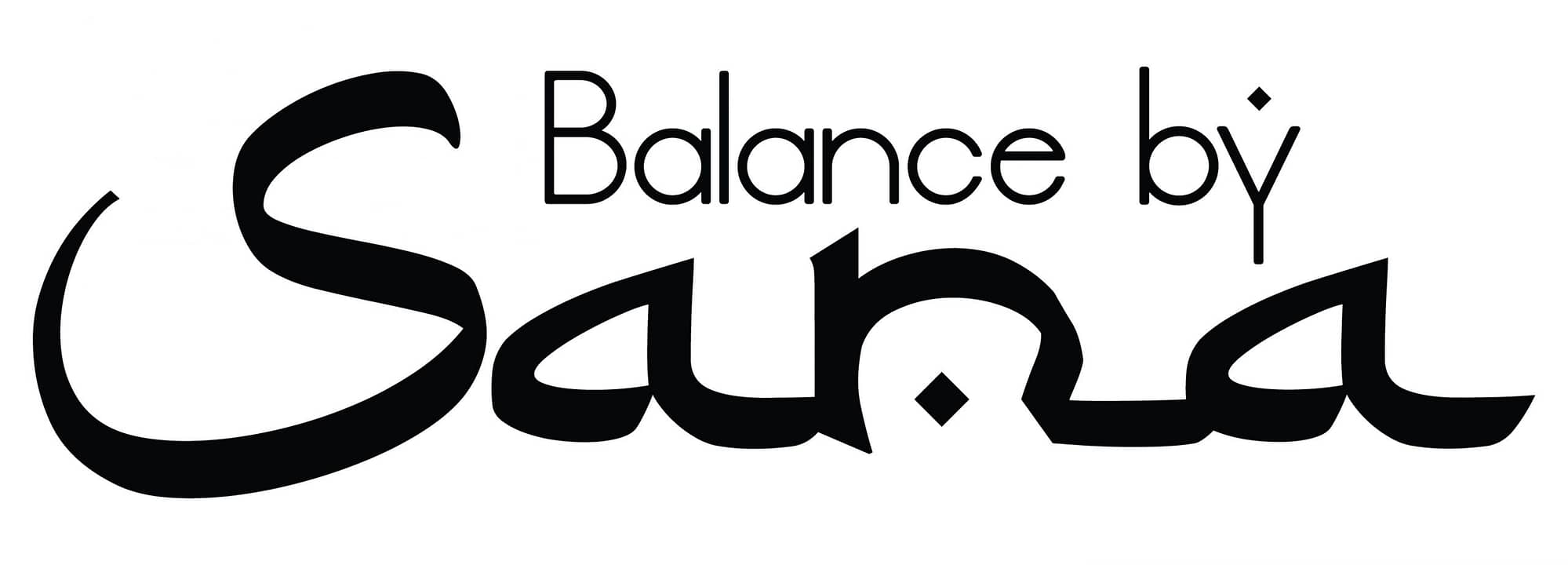This is an extremely simple way to know where your zinc level currently is by doing this easy test with liquid Zinc at home as frequently as you desire.
Zinc contains gustin, and gustin, is important for our sense of taste. When zinc levels are low, gustin will also be “low” .
For the test to work most effectively, use liquid zinc sulphate , or Zinc tally, or Zinc Assay. Do not eat or drink for at least 1 hour prior taking it or do it first thing in the morning.
Take 1 tablespoon of liquid Zinc, and swish it around in your mouth…but don’t swallow straight away. What you are looking for is, the “type of flavour” you experience while the liquid is in your mouth. If you are going to taste some sort of “flavour”, it will happen within 5 – 10 seconds. So, any taste that develops after 10 – 15 seconds would be considered a deficiency.
You can swallow the Zinc Sulphate after the test, it is perfectly safe, or you can simply spit it out.
If the results comes as follows:
- No flavour (water-like) = typical zinc deficiency
- No flavour to start with, but a “mineral” type flavour starts to appear = zinc deficiency
- Strong flavour, but not enough to make you want to spit it out = minimal zinc deficiency
- Extremely unpleasant flavour that you taste immediately = zinc status is good, no zinc deficiency
Foods rich in Zinc
There are many whole foods that are high in zinc, make sure you include some of these food in your daily diet to avoid zinc deficiency. Some of the best foods are:
- Grass-Fed Beef and Lamb
- Pumpkin and Squash Seeds and watermelon seeds
- Cashews and nuts
- Chickpeas (Garbanzo Beans) and Mung Beans
- Mushrooms
- Grass fed Chicken
- Cooked Oysters and clams
- Kefir or Yogurt
- Spinach
- Cocoa Powder
- Garlic
- Sesame
How much is Zinc Dosages?
The amount of Zinc required for normal body function is higher than any typical amounts of trace minerals. Since zinc does not get stored in the body for later usage, the required daily intake is safe to maintain a constant amount of available zinc in the body.
Dosages of zinc range from 30 mg. – 200 mg. per day, depending on the needs for it.
Occasionally dosages as high as 500 mg. have been used, for therapeutic preposes but not for a long term as it has been shown to suppress immunity in young healthy adults.
Zin Toxicity
It is difficult to have Zinc toxicity, it is a safe trace mineral. The therapeutic dosage of zinc are safe up to about 500 mg. daily. Using some higher dosage of zinc can result some temporary side effects such as nausea, vomiting, diarrhoea, dizziness, writing and walking difficulty and some types of anaemia.
Often, the cause of these side effects is related to an imbalance between zinc and copper.
Zinc and copper are a symbiotic duo and are in balance in a 10 to 1 mg. ratio. Together they affect the regulation of blood cells in the body and any imbalance of those two minerals can lead to anaemia. Higher dosages of zinc for a long period could result in copper deficiency.
The safest way to consume zinc is a daily doses of 50 mg. – 100 mg. to correct any deficiency. Doses at these levels may be taken safely for an indefinite period of time. But remember, that balancing zinc and copper is always the key.

